- Over 1 million successful rentals
Car Hire Panama
Save time and money. We compare the offers of car rental companies in Panama on your behalf.
- Free cancellation Up to 48 hours prior to the scheduled pick up time
- Best price guarantee Have you found a better price? Let us know and we will make you a better offer.
- 24000+ pick-up locations Locations around the world
Compare Car Hire
Carrentals.co.uk offers simple and straightforward car hire comparison services. We don't add a penny to your quotes!
Car rental offers in Panama
Whether you're looking for a small rental car or a station wagon for the entire family, we will always have a suitable vehicle for the lowest price. Below are some examples from our selection in Panama.
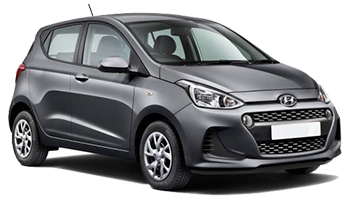
-
Mex Rent a Car From£ 9 /day
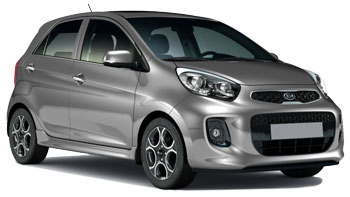
-
Mex Rent a Car From£ 10 /day -
Thrifty From£ 11 /day -
Dollar Rent a Car From£ 12 /day

-
Thrifty From£ 15 /day -
Dollar Rent a Car From£ 16 /day -
Alamo From£ 24 /day
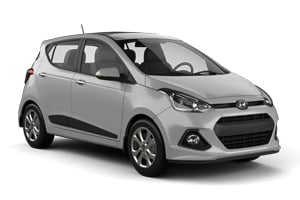
-
Alamo From£ 29 /day

-
Alamo From£ 33 /day
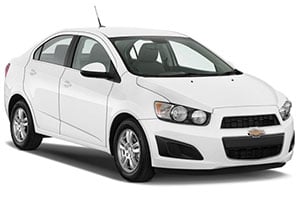
-
ACE Rent A Car From£ 42 /day
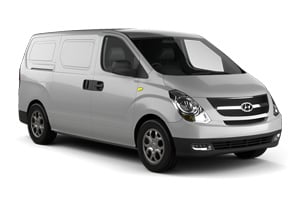
-
Avis From£ 56 /day

-
Avis From£ 51 /day
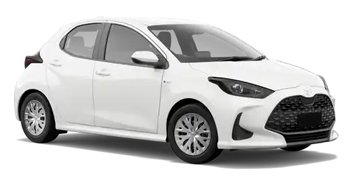
-
Budget From£ 8 /day -
Hertz From£ 13 /day
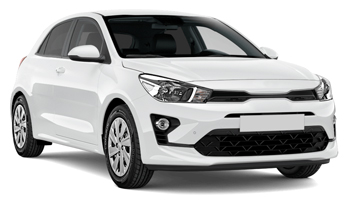
-
Mex Rent a Car From£ 9 /day -
Alamo From£ 37 /day -
ACE Rent A Car From£ 42 /day

-
Hertz From£ 14 /day -
Budget From£ 30 /day
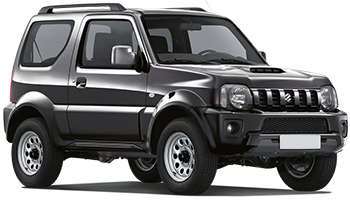
-
Thrifty From£ 10 /day -
Hertz From£ 13 /day
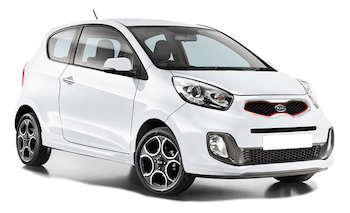
-
Mex Rent a Car From£ 10 /day -
Thrifty From£ 10 /day -
Budget From£ 11 /day

-
Thrifty From£ 16 /day -
Sixt From£ 23 /day -
Avis From£ 26 /day

-
Thrifty From£ 12 /day -
Dollar Rent a Car From£ 13 /day -
Europcar From£ 19 /day
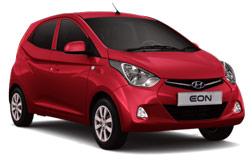
-
Avis From£ 12 /day
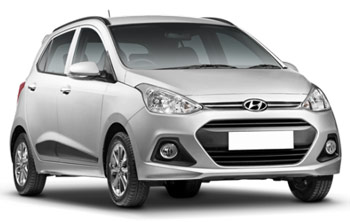
-
Thrifty From£ 16 /day -
Dollar Rent a Car From£ 22 /day -
Alamo From£ 23 /day
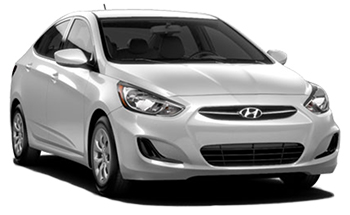
-
Mex Rent a Car From£ 9 /day -
Dollar Rent a Car From£ 13 /day -
Sixt From£ 16 /day

-
Mex Rent a Car From£ 10 /day -
Dollar Rent a Car From£ 13 /day -
Avis From£ 15 /day
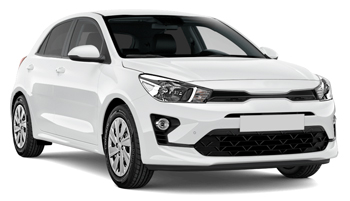
-
Hertz From£ 15 /day -
Dollar Rent a Car From£ 19 /day -
National Car Rental From£ 27 /day
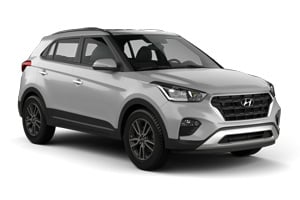
-
Thrifty From£ 12 /day -
Hertz From£ 15 /day -
Europcar From£ 20 /day
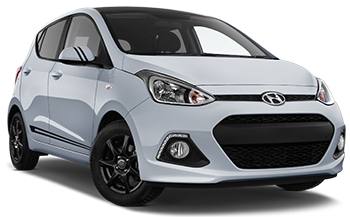
-
Thrifty From£ 12 /day -
Avis From£ 14 /day

-
Thrifty From£ 16 /day

-
Dollar Rent a Car From£ 13 /day -
Thrifty From£ 15 /day -
Hertz From£ 15 /day
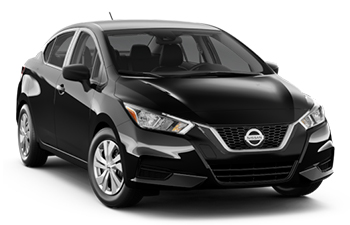
-
Dollar Rent a Car From£ 14 /day
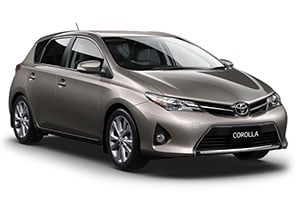
-
Thrifty From£ 21 /day -
Alamo From£ 44 /day
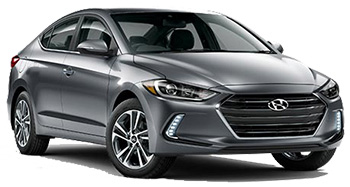
-
Mex Rent a Car From£ 12 /day -
Avis From£ 18 /day -
Dollar Rent a Car From£ 21 /day
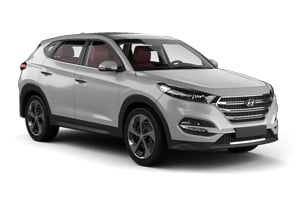
-
Mex Rent a Car From£ 16 /day -
Thrifty From£ 17 /day -
Dollar Rent a Car From£ 23 /day

-
Thrifty From£ 17 /day -
Alamo From£ 28 /day -
Avis From£ 31 /day
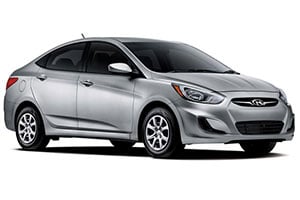
-
Thrifty From£ 17 /day -
Sixt From£ 23 /day -
Alamo From£ 24 /day

-
Thrifty From£ 17 /day -
Budget From£ 20 /day -
Hertz From£ 21 /day

-
Hertz From£ 21 /day -
Alamo From£ 39 /day

-
Mex Rent a Car From£ 18 /day -
Thrifty From£ 23 /day -
Hertz From£ 23 /day

-
Dollar Rent a Car From£ 26 /day -
Avis From£ 28 /day -
Alamo From£ 40 /day
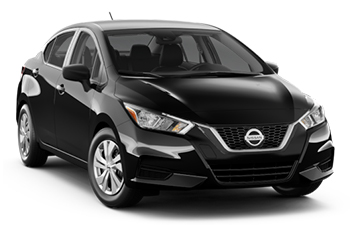
-
Dollar Rent a Car From£ 21 /day
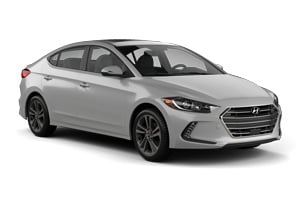
-
Mex Rent a Car From£ 13 /day -
Budget From£ 28 /day
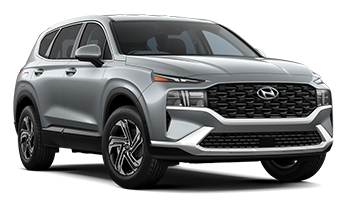
-
Mex Rent a Car From£ 18 /day

-
Thrifty From£ 24 /day -
Hertz From£ 29 /day

-
Thrifty From£ 24 /day -
National Car Rental From£ 36 /day -
Alamo From£ 37 /day

-
Thrifty From£ 24 /day -
National Car Rental From£ 48 /day -
Alamo From£ 49 /day

-
Thrifty From£ 24 /day -
Hertz From£ 29 /day
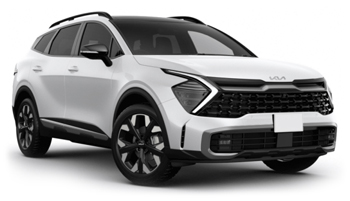
-
Thrifty From£ 24 /day -
Avis From£ 30 /day -
Sixt From£ 36 /day

-
Europcar From£ 25 /day -
Sixt From£ 31 /day
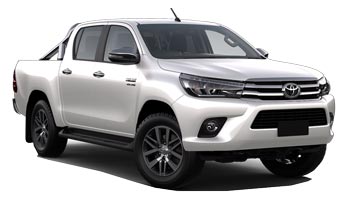
-
Thrifty From£ 24 /day -
Hertz From£ 31 /day
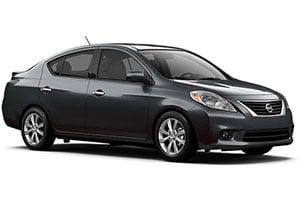
-
Mex Rent a Car From£ 15 /day

-
Mex Rent a Car From£ 20 /day -
Europcar From£ 25 /day -
Alamo From£ 34 /day

-
Europcar From£ 26 /day -
Alamo From£ 36 /day
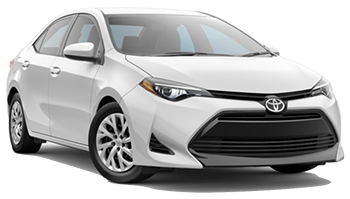
-
Thrifty From£ 27 /day -
Hertz From£ 28 /day -
Alamo From£ 38 /day

-
Thrifty From£ 27 /day -
Hertz From£ 28 /day -
Alamo From£ 42 /day
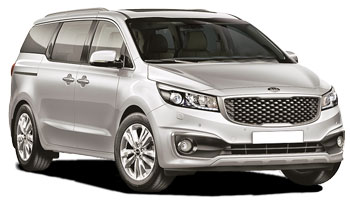
-
Thrifty From£ 28 /day -
Hertz From£ 30 /day -
Alamo From£ 68 /day
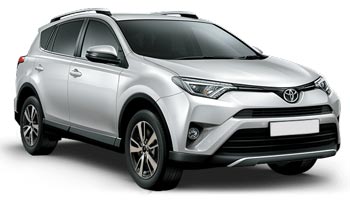
-
Hertz From£ 31 /day -
Thrifty From£ 33 /day

-
Thrifty From£ 28 /day -
Hertz From£ 28 /day

-
Dollar Rent a Car From£ 28 /day
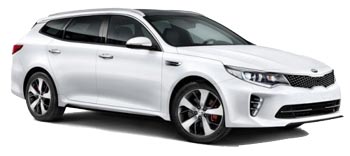
-
Hertz From£ 26 /day -
Thrifty From£ 26 /day -
Alamo From£ 36 /day

-
Hertz From£ 26 /day -
Thrifty From£ 26 /day -
Alamo From£ 40 /day
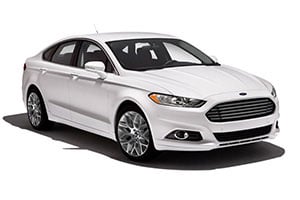
-
Avis From£ 32 /day
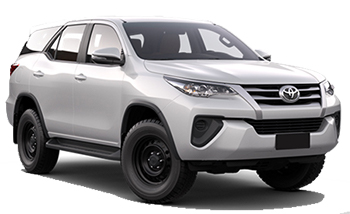
-
Thrifty From£ 33 /day -
Hertz From£ 36 /day -
National Car Rental From£ 49 /day

-
Avis From£ 35 /day

-
Alamo From£ 37 /day
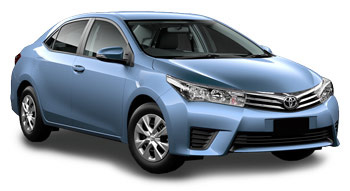
-
Alamo From£ 39 /day

-
Thrifty From£ 43 /day -
Hertz From£ 46 /day -
Avis From£ 51 /day

-
Hertz From£ 53 /day -
Avis From£ 53 /day -
National Car Rental From£ 54 /day
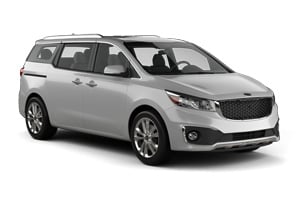
-
Thrifty From£ 28 /day -
Hertz From£ 30 /day -
Alamo From£ 68 /day

-
Thrifty From£ 44 /day -
Hertz From£ 46 /day -
Alamo From£ 72 /day

-
Sixt From£ 46 /day -
Avis From£ 51 /day -
Budget From£ 52 /day

-
Avis From£ 51 /day -
Alamo From£ 88 /day -
National Car Rental From£ 108 /day

-
Avis From£ 52 /day -
Sixt From£ 53 /day -
Budget From£ 80 /day
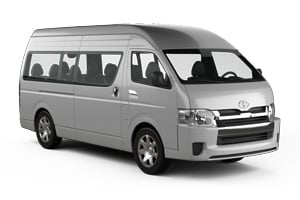
-
Budget From£ 52 /day -
Alamo From£ 90 /day -
National Car Rental From£ 107 /day
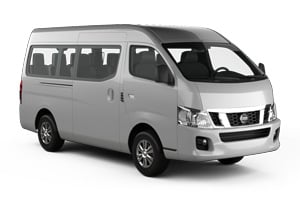
-
Avis From£ 56 /day -
Alamo From£ 92 /day -
National Car Rental From£ 113 /day

-
Budget From£ 80 /day -
Alamo From£ 94 /day -
National Car Rental From£ 112 /day
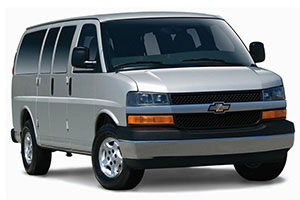
-
ACE Rent A Car From£ 116 /day

-
Thrifty From£ 10 /day -
Hertz From£ 13 /day -
Dollar Rent a Car From£ 25 /day
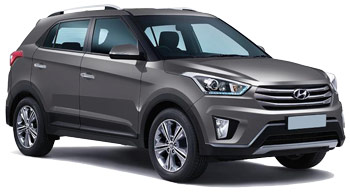
-
Thrifty From£ 12 /day -
Hertz From£ 15 /day -
Mex Rent a Car From£ 18 /day
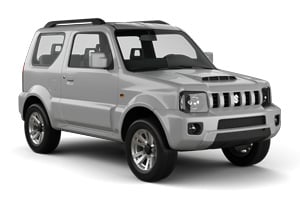
-
Hertz From£ 29 /day -
Thrifty From£ 35 /day

-
Mex Rent a Car From£ 15 /day

-
Mex Rent a Car From£ 16 /day -
Thrifty From£ 17 /day -
Dollar Rent a Car From£ 23 /day

-
Hertz From£ 30 /day -
Alamo From£ 33 /day -
Thrifty From£ 35 /day
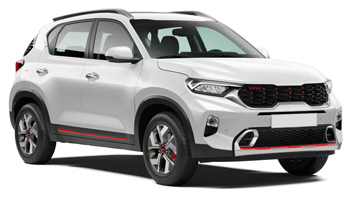
-
Mex Rent a Car From£ 18 /day

-
Mex Rent a Car From£ 18 /day

-
Hertz From£ 31 /day -
Thrifty From£ 33 /day -
Alamo From£ 47 /day

When to book a rental car in Panama
Panama - When is the most affordable time to rent a mini class car?
At this destination (Panama), July is the most affordable time to rent a mini class car with an average daily rate of
Panama - When is the most affordable time to rent a economy class car?
At this destination (Panama), September is the most affordable time to rent a economy class car with an average daily rate of
Panama - When is the most affordable time to rent a compact class car?
At this destination (Panama), September is the most affordable time to rent a compact class car with an average daily rate of
Panama - When is the most affordable time to rent an intermediate class car?
At this destination (Panama), September is the most affordable time to rent a intermediate class car with an average daily rate of
Panama - When is the most affordable time to rent a standard class car?
At this destination (Panama), September is the most affordable time to rent a standard class car with an average daily rate of
Panama - When is the most affordable time to rent a full-size car?
At this destination (Panama), September is the most affordable time to rent a full-size class car with an average daily rate of
Panama - When is the most affordable time to rent a luxury car?
At this destination (Panama), September is the most affordable time to rent a luxury class car with an average daily rate of
Panama - When is the most affordable time to rent a SUV?
At this destination (Panama), September is the most affordable time to rent an SUV with an average daily rate of
Panama - When is the most affordable time to rent a MPV?
At this destination (Panama), February is the most affordable time to rent an mpv with an average daily rate of
Panama - When is the most affordable time to rent a minivan?
At this destination (Panama), September is the most affordable time to rent a minibus with an average daily rate of
Panama - When is the most affordable time to rent a sports car?
At this destination (Panama), September is the most affordable time to rent a sports car with an average daily rate of
Car rental locations in Panama
Carrentals.co.uk compares rental car prices at the following destinations

Panama Guide
Panama is best explored by rental car. Carrentals.co.uk has over 4 pick-up locations in Panama. This means there is always a pick-up location close to your destination.
Most popular car hire locations in Panama
Driving
This fiery republic links two continents and is home to tropical beaches and jungles, fabulous islands, cool mountain towns and the Panama Canal. If you’re looking for a place to tour in Central America, Panama is a good bet as it also has the best roads in the region and is friendly. The Pan American Highway makes getting about by car easy.
Driving Tips for Panama
Main and secondary roads are paved and signposting is clear. However, urban driving is tough as locals routinely flout traffic laws and are aggressive. Speed bumps are ubiquitous in towns.
Driving licences: a UK driving licence with a picture can be used for 30 days, after which period an extension is required at a local licensing office. Having an International Diving Permit is also recommended.
Which side does Panama drive on: the right.
Speed limits:
Motorways: 62mph (100kph)
Rural areas: 50mph (80kph)
Built-up areas: 25mph (40kph)
Alcohol limits: zero tolerance compared with the UK limit of 0.08 per cent, with severe penalties for offenders.
Driving age: 18 years though car hire firms require drivers to be 23 or 25 years.
Seatbelts: all persons are to buckle up, while children under five years should be restrained in a proper child restraint in the rear.
Mobile phones and GPS: you can use either with a hands-free kit while driving, but police will fine those caught with a mobile pressed to their ear while behind the wheel. GPS add-ons can be rented though navigating Panama City and the countryside by GPS is not straightforward.
Cost of fuel in Panama: around half those of the UK.
Car hire and fuel payment: main petrol stations usually accept major credit cards, but ones in the countryside may take cash only. Car hire firms all require credit cards for bookings and deposits.
Insurance: is not a requirement, but having fully comprehensive insurance with excess is a must for renters.
Traffic and parking: driving in Panama City should be avoided as the traffic is horrendous, while navigating is hard at the best of times and there are few traffic lights. Use guarded car parks at hotels or restaurants only.
Transport
Trains
The rail network is limited, with no access from neighbouring Colombia and Costa Rica, and just one tourist service in Panama City. It links the capital to Colon on the Caribbean coast, following the general route of the Panama Canal. Panama Canal Railway runs the service daily, departing in the morning and returning in the evening.
Taxis
Panama City taxis are generally metered though this is subjective depending on where you want to go and the time of day. Agree the fare first if the driver quotes a price. Taxis are relatively cheap, at between £0.80 to £1.50 for short rides and up to £3 for across-city trips, and the quickest way to get around the cities outside of rush hour. Taxis can be shared and drivers don’t need tipping.
Buses
International buses run from Costa Rica, but not from Colombia, with a useful service from San Jose to Panama City. It uses the main Paso Canoas border crossing and goes via David, an 18-hour trip. Ticabus is the most popular service and the cheapest option for getting into the country. Known as red devils (diablos rojos), local buses are cheap and numerous in Panama City, but can be confusing. Highway buses, meanwhile, run along the Pan American Highway, serving all towns en route. Both systems are cheap and frequent, with highway bus fares around £0.60 per hour travelled. Inner-city buses in the capital run at a flat rate of around £0.15.
Ferries
There are no international ferries though many operators run services on the Panama Canal, such as Panama Canal Tours. Private boats also run from Cartagena in Colombia to Panama City, going via Colon and the Panama Canal.
Airports
Tocumen International Airport serves Panama City and is the primary gateway to the country, while David Airport in the west is a popular entry point for flights from neighbouring Costa Rica’s San Jose. Tocumen International Airport is located east of the city by 20 miles. Airfares between Panama City’s Tocumen International Airport and San Jose’s Juan Santamaria International Airport cost around £175.
Explore
Exploring Panama
The majority of visitors fly to Panama City and explore the capital, which is home to beaches and intriguing buildings in the colonial-centric Casco Antiguo area. The city also has excellent shopping along Central Avenue and is the Pacific gateway to the Panama Canal.
Colon, on the opposite Caribbean Sea side, is the exit point of the famous canal and launch point for the stunning Isla Grande, which has some of the best beaches. The road between Panama City and Colon is a major one, going between Soberania and Chagres national parks.
For cool mountains, Boquete, in the west, has great hiking, being home to the Baru Volcano. Nearby is the significant town of David, while between the two is the Azuero Peninsula, with its quiet beaches and easy-going towns.
The Pan American Highway makes travel from one end of the country to the other easy. For those looking for the ultimate experience, the eastern end of the highway leads to the intrepid Darien Gap. This almost impenetrable jungle is a natural border to Colombia though it is four-wheel drive country only.
Boat trips are popular all over, while the best surf is on the Pacific side.
Weather
Being near the equator, Panama has consistent temperatures year round, with averages of 27°C (80°F) and maximums well into the 30s (°C). Mountains and coasts are naturally cooler. The best weather is in the December to April dry season, which is the busiest travel time, while most rain falls in the May to November wet season. Seas are roughest from December to February.
Practical information
-
CurrencyUnited States Dollar, Panamanian balboa
-
Driving directionRight
-
City speed limit80 km/h
-
Freeway speed limit100 km/h
-
LanguageSpanish
-
Popular car categorySUV
What most people want to know
The following questions and answers are a selection of the most popular questions. If you do not find the answer to your question, have a look at the Frequently Asked Questions page or contact us.
- Alamo
- National Car Rental
- Thrifty
- Avis
- Sixt
- Hertz
- Dollar Rent a Car
- Budget
- Europcar
- ACE Rent A Car
- Mex Rent a Car
- Enterprise
- NÜ Car Rentals
- FireFly Car Rental
- Street Rent a Car
- Routes
- Economy